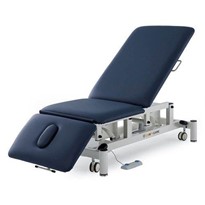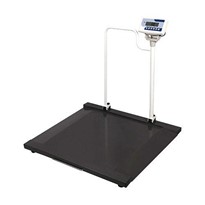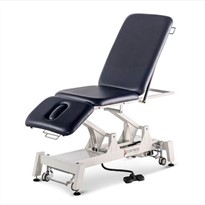One in nine Australian women has endometriosis
A painful condition where tissue similar to that of uterus grows elsewhere in the body. And of those with the condition, 40 per cent will need medical intervention before they can fall pregnant.
- Dr Katrina Moss, a public health researcher at the University of Queensland, said “for women who had endometriosis but didn’t know about it when they started their fertility treatment, they were just worse off,”
“They did more cycles, they were more likely to use intrauterine insemination (IUI), compared to in-vitro fertilisation (IVF), which is the recommended treatment”, and they were also 33 per cent less likely to have a baby compared to women without endometriosis.
Interestingly though, the women who knew they had the condition prior to seeking fertility treatment, were no worse off in outcomes compared to women without the condition.
Why is a diagnosis thought to be so important before treatment?
Fertility specialist Hayden Homer said IVF is a “superior treatment” for women with endometriosis over “simpler forms” of assisted reproduction such as IUI, because endometriosis is thought to cause “very high levels of inflammation in the pelvis”.
With a known diagnosis prior to seeking fertility treatment, women are then able to opt for IVF, where “you remove the eggs and sperm from that (inflammatory) environment and they are put together in the lab and the embryos are cultured outside of that level of inflammation.”
Getting an accurate diagnosis for endometriosis can be invasive, but for women with symptoms, Professor Homer says an ultrasound scan “is a very good initial sort of screening process”.


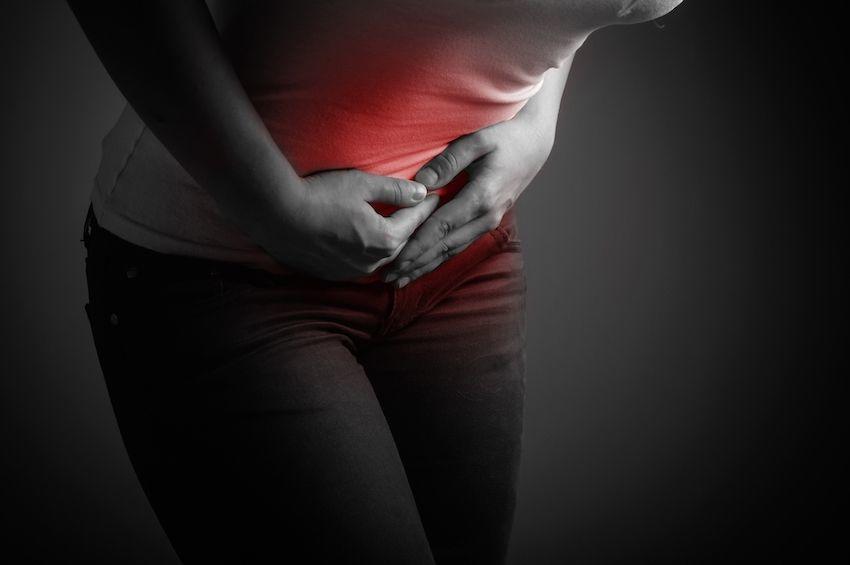





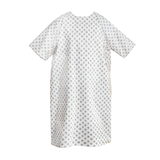
-160x160-state_article-rel-cat.png)



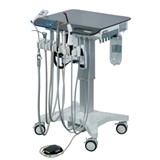

-205x205.jpg)





